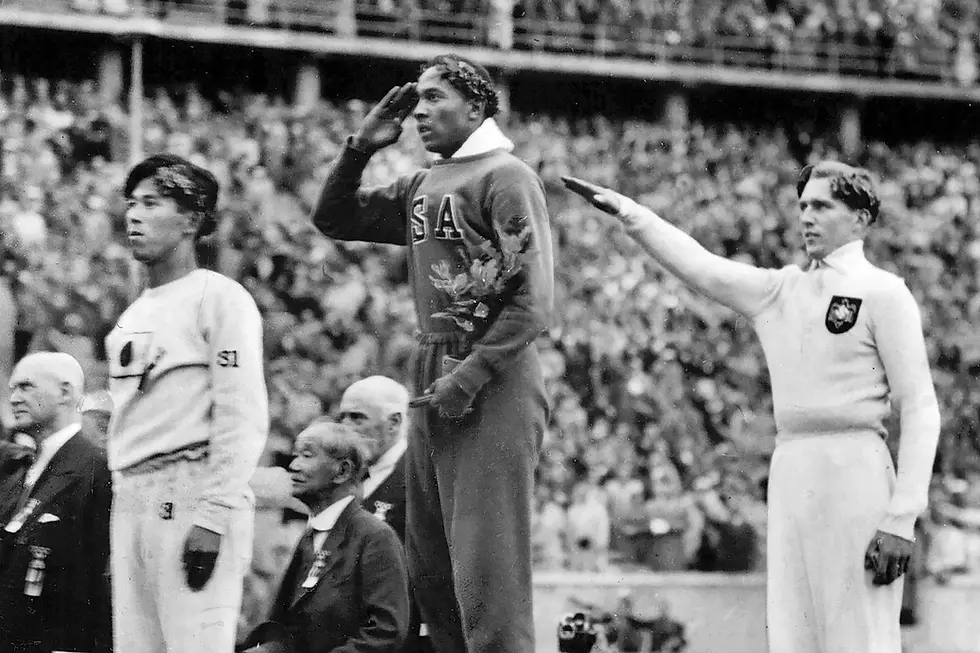The Bombing of Hiroshima and Nagasaki (1945): A Turning Point in World History
- demacedogroup
- Jan 18
- 2 min read

On August 6 and August 9, 1945, the world witnessed events that would forever alter the course of history. The bombings of Hiroshima and Nagasaki by the United States marked the first and only use of nuclear weapons in warfare, leading to the end of World War II but at a devastating cost. This article delves into the details of these tragic events, their aftermath, and their significance in shaping the modern world.
The Prelude to Destruction
By mid-1945, the Allied powers were pushing for Japan’s unconditional surrender to bring World War II to a close. Despite suffering massive losses, Japan resisted, prompting the U.S. to execute a drastic and unprecedented plan: the use of atomic bombs developed under the Manhattan Project.
The targets were Hiroshima, a strategic military hub, and Nagasaki, an industrial powerhouse.
August 6, 1945: Hiroshima’s Darkest Day
At 8:15 AM local time, the B-29 bomber Enola Gay dropped "Little Boy," a uranium-based atomic bomb, over Hiroshima. The explosion leveled 70% of the city and killed approximately 140,000 people by the end of the year. Survivors, known as hibakusha, faced severe burns, radiation sickness, and psychological trauma.
The city became a symbol of nuclear devastation, with haunting imagery of shadows etched onto walls and streets.
August 9, 1945: The Nagasaki Tragedy
Three days later, Nagasaki faced a similar fate. The plutonium bomb "Fat Man" was dropped at 11:02 AM, causing widespread destruction and killing an estimated 74,000 people by year’s end. The city’s topography spared it from even greater devastation, but the impact was no less catastrophic.
The Aftermath and Surrender
On August 15, 1945, Japan announced its surrender, bringing World War II to a close. While the bombings accelerated the end of the war, they also initiated a complex debate on ethics, military necessity, and the human cost of warfare.
Global Impact and Legacy
The bombings of Hiroshima and Nagasaki ushered in the nuclear age, reshaping geopolitics and fueling an arms race during the Cold War. They also spurred the global disarmament movement, with survivors advocating for peace and the abolition of nuclear weapons.
Today, Hiroshima and Nagasaki stand as powerful reminders of humanity’s capacity for both destruction and resilience. Memorials and museums in both cities educate visitors about the horrors of nuclear war, emphasizing the importance of peace.
Lessons for the Future
The bombings remain a sobering lesson in the catastrophic potential of nuclear weapons. As the world grapples with modern threats, including the proliferation of nuclear arms, the stories of Hiroshima and Nagasaki serve as a poignant reminder of the need for diplomacy and disarmament.
Conclusion
The bombing of Hiroshima and Nagasaki was a watershed moment in history—one that showcased both the heights of scientific achievement and the depths of human suffering. Understanding this tragic chapter is essential for fostering a future free from the shadows of nuclear war.





















Comments